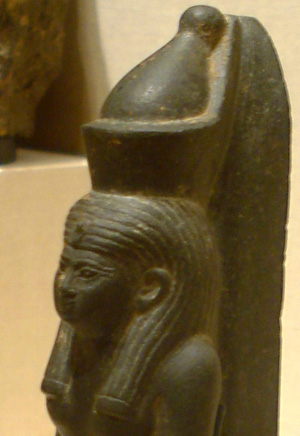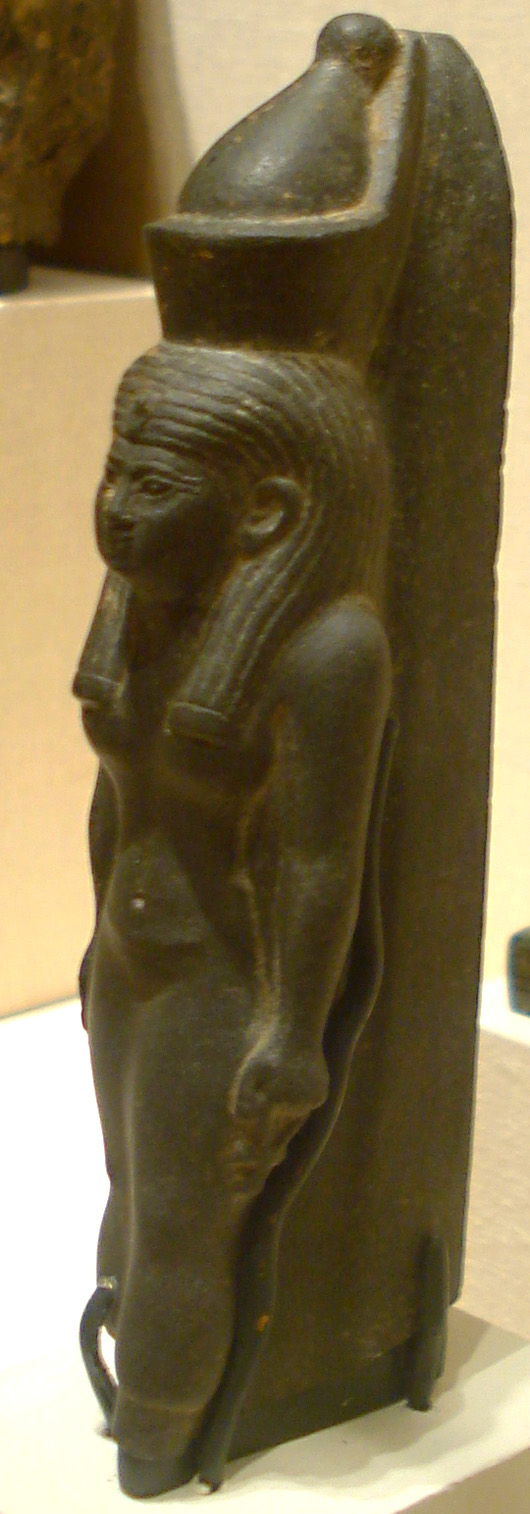
Egypt’s minister of antiquities, Zahi Hawass, says the blocks were unearthed in San El-Hagar in northern Egypt. Hawass said in a statement Monday the blocks may have belonged to King Osorkon II of the 22nd Dynasty (945-718 B.C.) and been used for either a temple or a chapel.
The French mission has so far cleaned 120 blocks, 78 of which have inscriptions.
San El-Hagar was known as Tanis during the pharaonic era. It is one of the oldest Egyptian cities and contains many temples belonging to the god Amun.
Copyright 2011 Associated Press. All rights reserved. This material may not be published, broadcast, rewritten, or redistributed.
AP-WF-06-27-11 1500GMT
ADDITIONAL IMAGES OF NOTE


